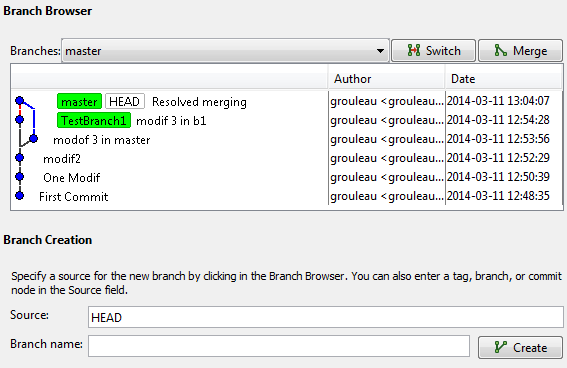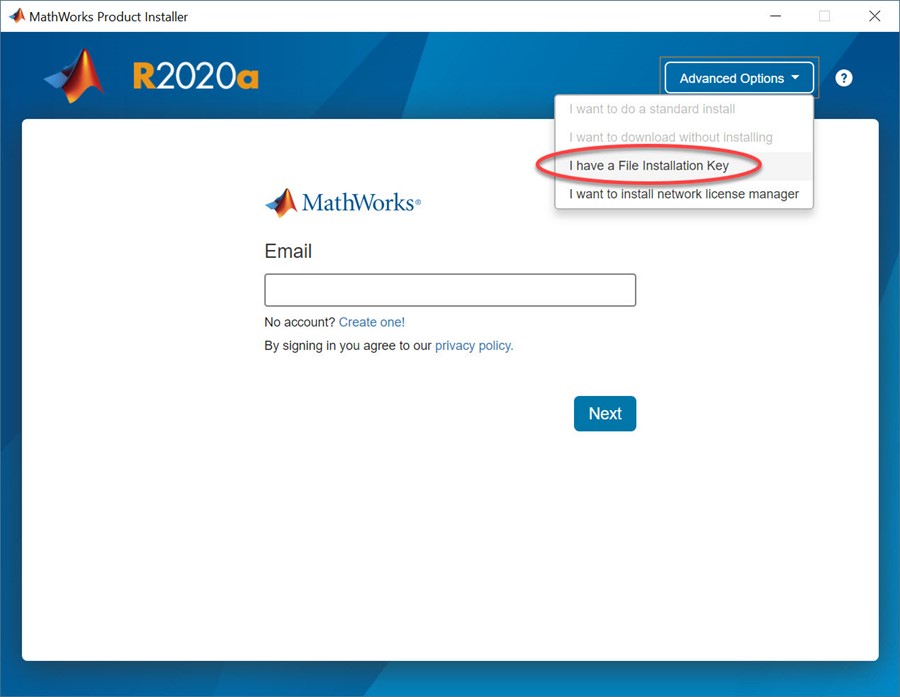

We also discuss how the participation of students was key for its development and present a summary of the competition rules. In this paper we present the development of SoccerSim, a simulated environment for RoboCupJunior Soccer, based on the Webots open-source robotics simulator. Many of the existing environments, however, are built for higher education/research teams competitions or research, making them complex to deploy and generally unsuitable for high school students. To allow for some sort of participation, and inspired by positive experience of the larger RoboCup community, the Organizing Committee of RoboCupJunior Soccer has explored porting a portion of the challenge to a simulated environment. In 20, the COVID-19 pandemic has made it difficult for a competition of this type to take place, due to obvious restrictions on physical gatherings. The competition is physical in nature, since it assumes physical robots playing against one another.

For the Soccer category, participants need to design, build and program a team of autonomous robots to play soccer against an opponent team of robots. RoboCupJunior has three main categories: Soccer, Rescue and OnStage.

To foster the participation of the next generation of roboticists, the RoboCupJunior competition takes place in parallel and provides a similar challenge of appropriate difficulty for high school students. 2Department of Applied Informatics, Comenius University, Bratislava, Slovakiaįor almost 25 years, the goal of the RoboCup has been to build soccer robots capable of winning against the FIFA World Champion of 2050.1Sensors and Smart Systems Group-Research Centre Biobased Economy/Institute of Engineering, Hanze University of Applied Sciences, Groningen, Netherlands.Martins 1* †, Adrián Matejov 2* † and Marek Šuppa 2* †


 0 kommentar(er)
0 kommentar(er)
